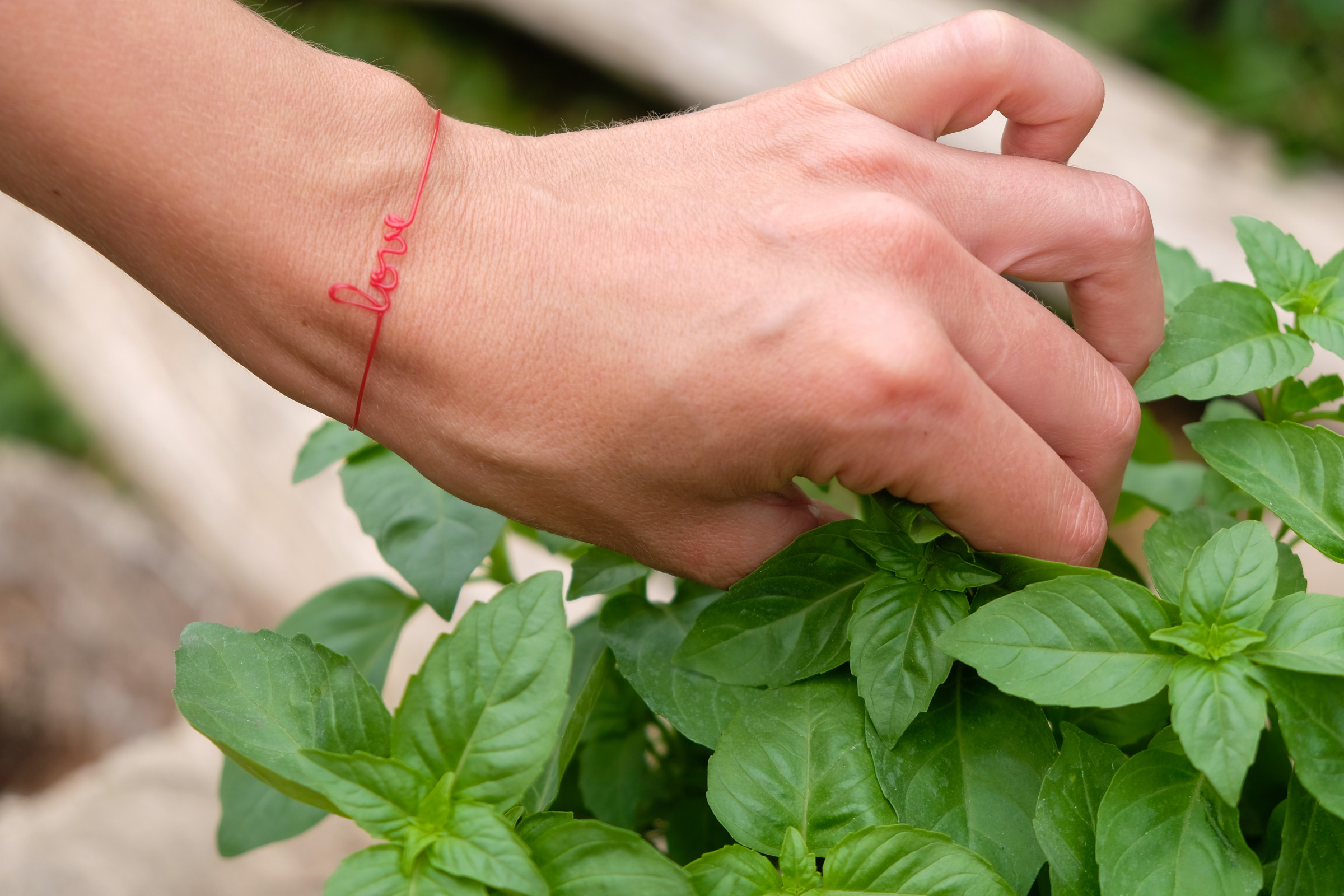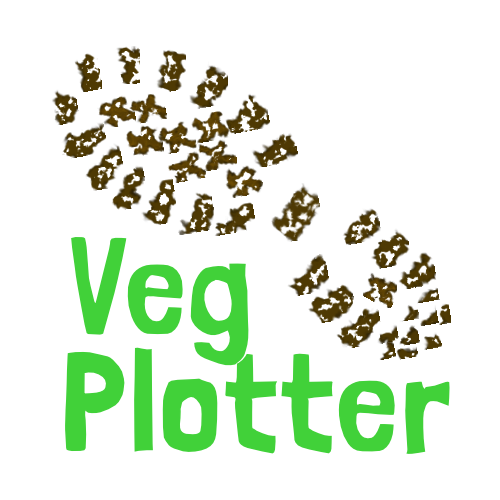Pinching Perfect: When to Nip, When to Let Grow in Your Veggie Patch

Here at VegPlotter.com, we understand the thrill of watching your vegetable garden flourish. But sometimes, to truly maximise your yield, a little strategic snipping is required. We're talking about pinching out - the practice of removing the growing tips of shoots and leaves. This seemingly counterintuitive act can lead to bushier plants, more flowers, and ultimately, a bumper harvest. But when should you pinch, and when should you leave well alone? Let's unravel this garden planner's mystery.
The Pinching Principle: Why Less Can Mean More
Pinching out encourages plants to divert energy from vertical growth to lateral growth. By removing the dominant apical bud (the growing tip), you stimulate the development of side shoots. This creates a bushier, more compact plant, which can be particularly beneficial for plants that tend to become leggy.
Benefits of Pinching Out:
- Increased Yield: More side shoots mean more flowering points, which translate to more fruits and vegetables.
- Bushier Growth: Ideal for plants that tend to sprawl or become tall and thin.
- Improved Air Circulation: Bushier plants with open structures are less susceptible to fungal diseases.
- Earlier Fruiting: Pinching can sometimes encourage earlier flowering and fruiting.
- Shape Control: Maintain a desired plant shape, especially useful in smaller gardens or containers.

When to Pinch: The Garden Planner's Guide
- Tomatoes (Indeterminate): Pinch out the side shoots (also known as "laterals") that grow between the main stem and the leaves. This allows the plant to focus its energy on producing fruit. Indeterminate tomatoes continue to grow throughout the season.
- Basil: Pinch out the top growth regularly to encourage a bushy plant and prevent flowering. This will maximise leaf production.
- Melons and Cucumbers: Pinch out the main stem after a few true leaves have developed to encourage side shoots. Further pinching may be required as the plant grows to maintain a manageable shape.
- Beans (Runner and French): Pinch out the tips once they reach the top of their support to encourage side shoots and prevent them from becoming too tall.
When to Let Grow: The Garden Planner's Cautionary Notes
- Tomatoes (Determinate): These varieties have a predetermined size and produce their fruit all at once. Pinching is generally not recommended as it can reduce yield.
- Peppers: While some gardeners pinch peppers for bushier growth when there is a long growing season, it's generally not advised if your growing season is short as it can delay fruiting. It's often best to let them grow naturally.
- Carrots, Radishes, and Root Vegetables: These are grown for their roots, not their shoots. Pinching is not applicable.
- Sweetcorn: Do not pinch sweetcorn. The main stem produces the tassel, which is essential for pollination.
- Onions and Garlic: These bulb vegetables should not be pinched.
- Broccoli and Cauliflower: These are grown for their heads, so pinching the main growing point would prevent them from forming.
The key to successful pinching is understanding the growth habit of your chosen vegetables. By mastering the art of pinching, you can unlock the full potential of your vegetable garden and enjoy a truly rewarding harvest. Remember, a little snip can go a long way!


